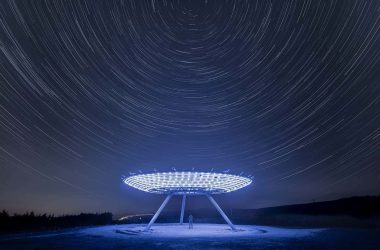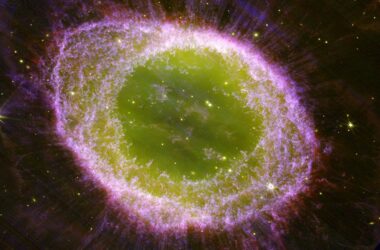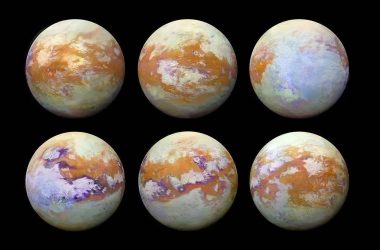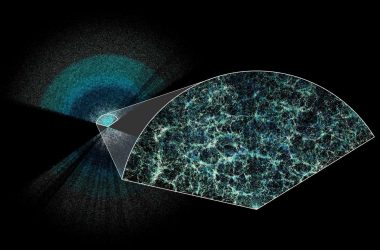On 8 April, a complete photo voltaic eclipse will sweep throughout Mexico, the US and Canada. This type of eclipse solely happens when the solar and moon line up completely within the sky so the moon covers the complete disc of the solar, casting a shadow on Earth. The trail that this shadow takes because it rushes throughout the bottom at speeds in extra of 2400 kilometres per hour is known as the trail of totality, and through this eclipse it would cross from Mexico’s west coast, up throughout 13 US states and thru Ontario, Quebec and Newfoundland in Canada. At any given location, totality will final between about 90 seconds and almost 4.5 minutes.
On 8 April a complete photo voltaic eclipse will cross over Mexico, the US and Canada. Our particular sequence is overlaying every little thing you’ll want to know, from how and when to see it to a few of the weirdest eclipse experiences in historical past.Photo voltaic Eclipse 2024
Throughout this time, the sky shall be darkish as twilight and temperatures will drop as much as 10 levels. Viewers will be capable to take away their eclipse glasses – essential through the partial part of the eclipse – and look straight on the solar as it’s lined by the moon. This protection renders the solar’s outermost layer, the corona, seen. Throughout different instances, it’s too dim to see within the glare of daylight. Whole photo voltaic eclipses like this one are helpful instances for researchers finding out the solar, they usually have led to huge scientific advances over time.
Subjects:
- eclipses/
- photo voltaic eclipse 2024












